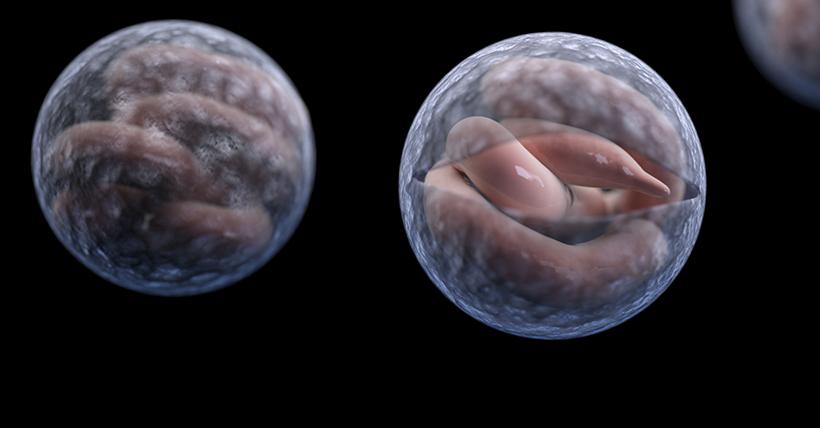Fears of a widespread Cryptosporidium outbreak in New Zealand have been played down by the country’s health officials, despite a 300 percent increase in reported cases since the start of 2024.
262 cases of cryptosporidium have been reported up until March 8, prompting Health New Zealand to issue a statement reminding the public of ways to avoid catching the bug. The agency, however, stopped short of issuing notice of an outbreak, citing a lack of an infection cluster and no discernible link to infection sites.
Susan Jack, national clinical director for protection at Health New Zealand, said there is currently “no suggestion” of a major cluster or concentrated outbreak, or any link to contaminated drinking water, which caused last year’s Queenstown outbreak.
“What we can say is that in approximately half the cases where information is available, those who became unwell with symptoms had been involved in swimming-related activities—with the majority of cases overall happening in urban areas, particularly within the Auckland, Canterbury, and Waikato regions,” Ms. Jack said.
Swimming in or drinking contaminated water is the most prevalent cause of Cryptosporidium—a bowel infection caused by parasites that are swallowed and cause gastrointestinal illnesses like watery diarrhoea and sometimes a persistent cough. The bug is passed on through infected animals and human faeces. It is the number one cause of stomach upsets in children, and treatment involves taking on fluid and electrolyte replacement.

Link to Unclean Swimming Beaches Established
The infected most likely were swimmers, Ms. Jack said.Meanwhile, beaches in Auckland and Christchurch’s Lyttleton harbour have been closed at times throughout the summer for high-bacterial readings, usually brought about by sewage overflowing into the sea after heavy rains. Warmer than usual weather in the North Island has also been identified as a contributing factor to the rise in infections.
Ms. Jack said people infected should stay away from swimming pools and other bodies of water for 14 days after symptoms first appear, and she urged people to mitigate the risks of spreading Cryptosporidium to others by practising good hygiene—the most effective disease control measure.
“Good hand hygiene is also important after contact with animals, after gardening, when caring for someone with diarrhoea and when caring for a baby or changing nappies. This means washing your hands with soap and water for at least 20 seconds and drying them thoroughly with a clean towel every time you go to the bathroom and before preparing food,” Ms. Jack said.
She added, “The National Public Health Service has increased disease surveillance across the motu (country) to closely monitor crypto notifications and the spread of the disease ... and to avoid getting crypto, people should check water quality monitoring warnings before jumping in the water.”
“Land Air Water Aotearoa (LAWA) has information for the whole country, while those in the Northern Region can visit www.safeswim.org.nz to check local water quality.”
The bacteria’s reach is not limited to New Zealand; on March 8, the Queensland Government reported 823 cryptosporidiosis cases up until Feb. 7, with January producing 736 of those cases. The number is thirteen times higher than last year’s period, surpassing the annual totals for 2021 (569) and 2022 (568).







